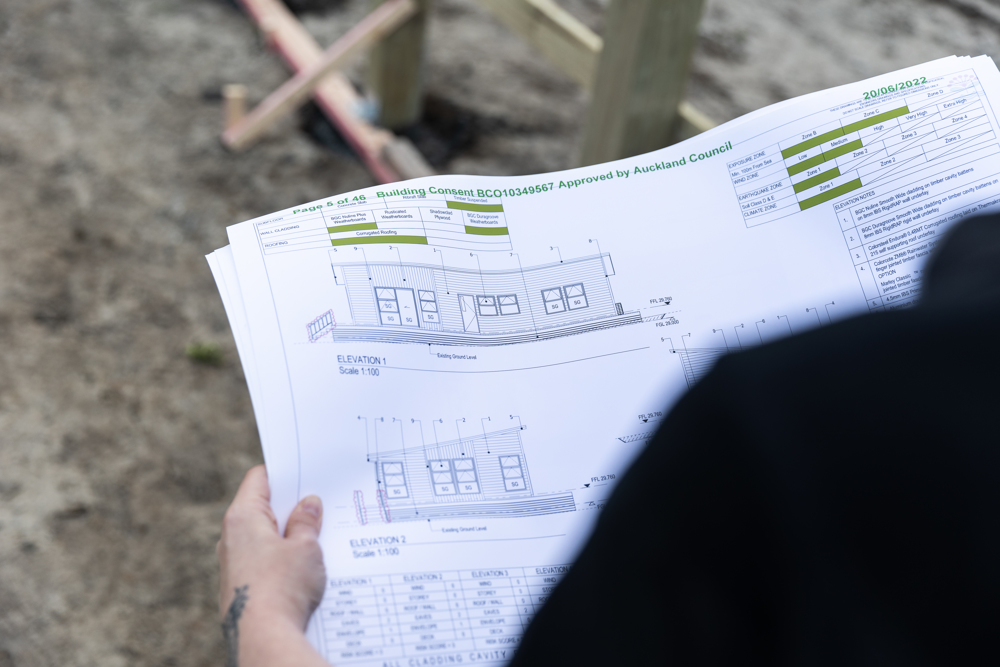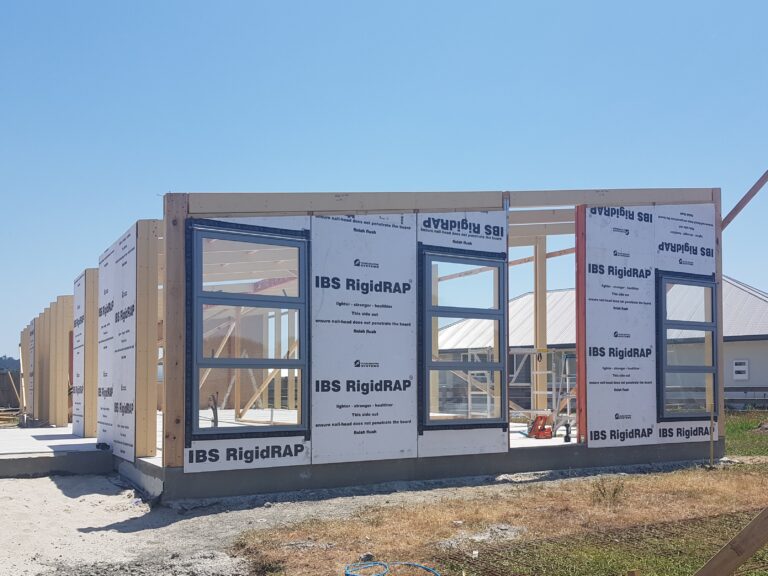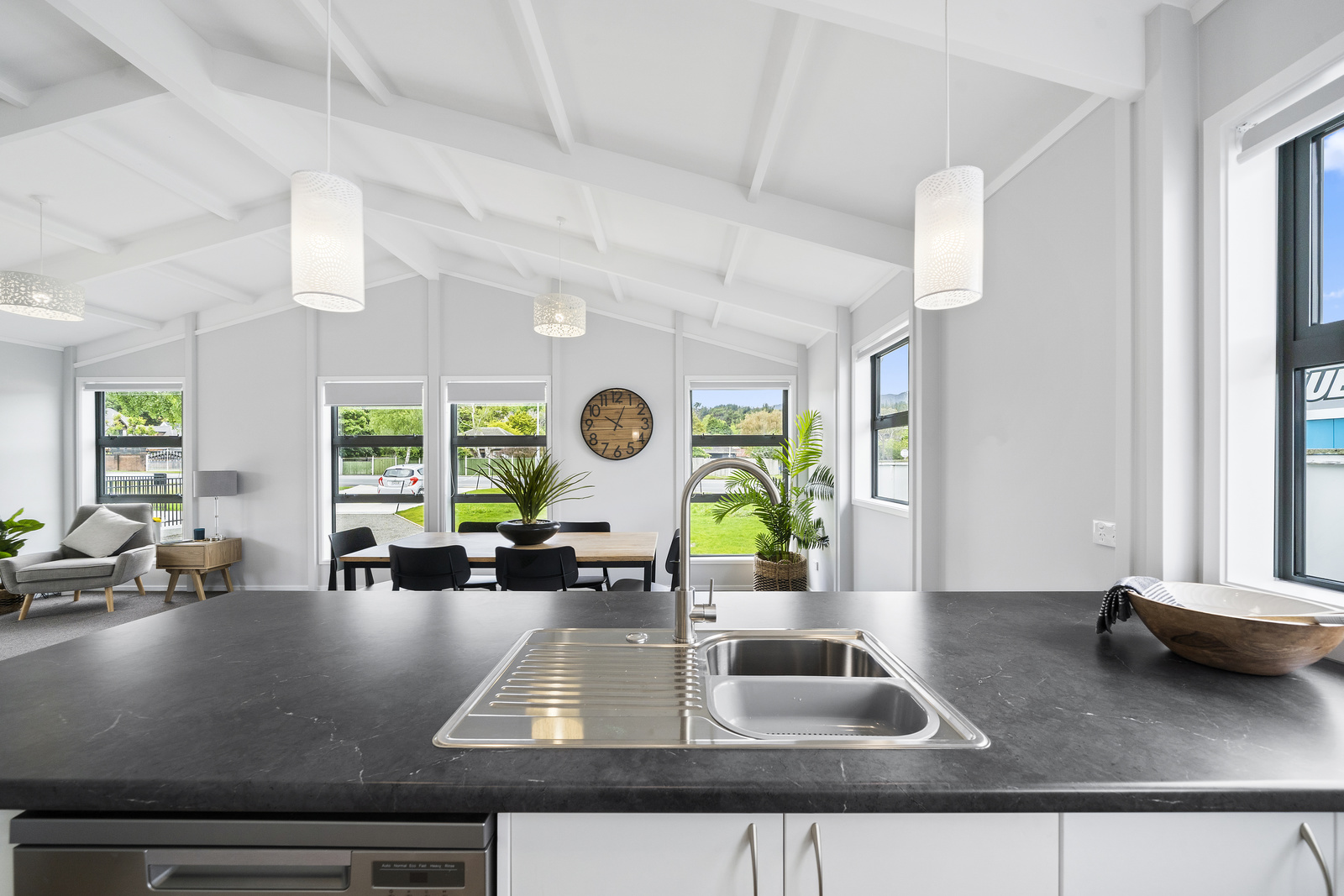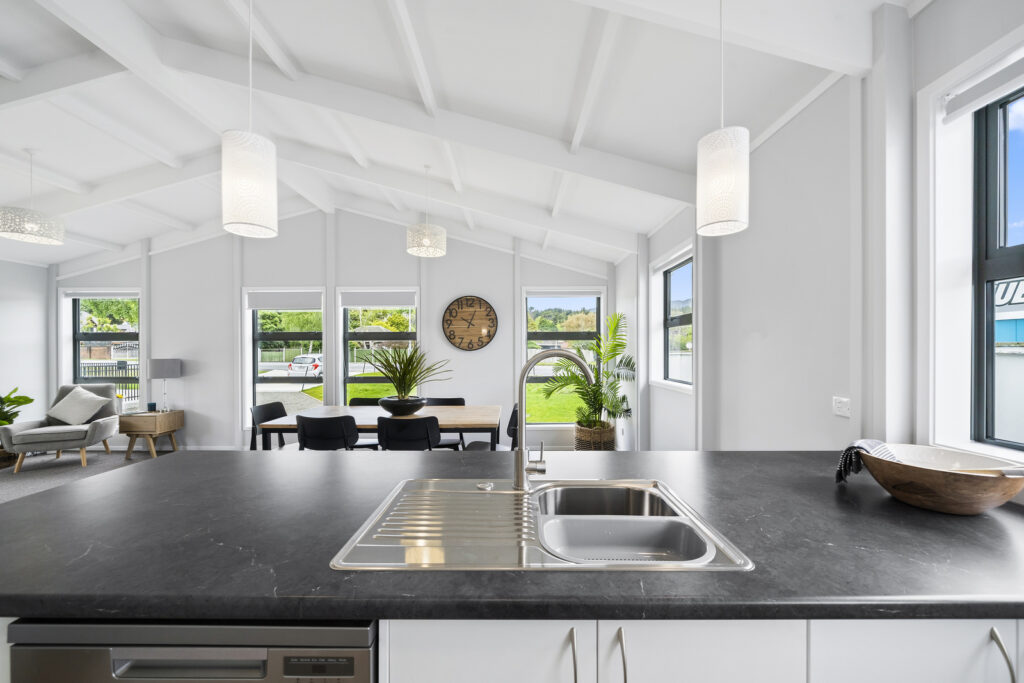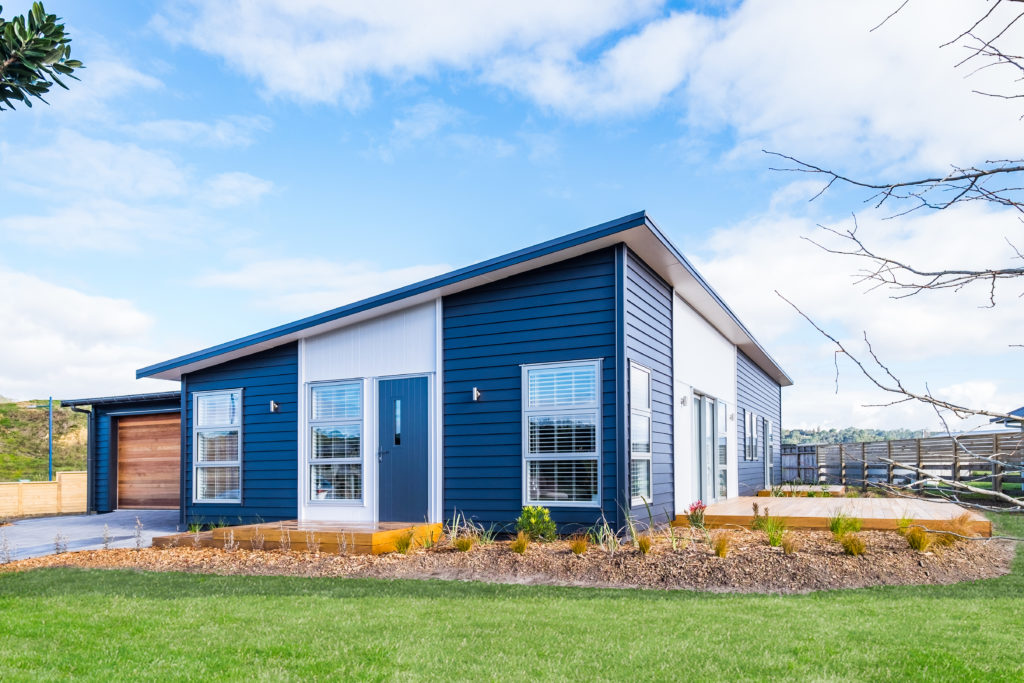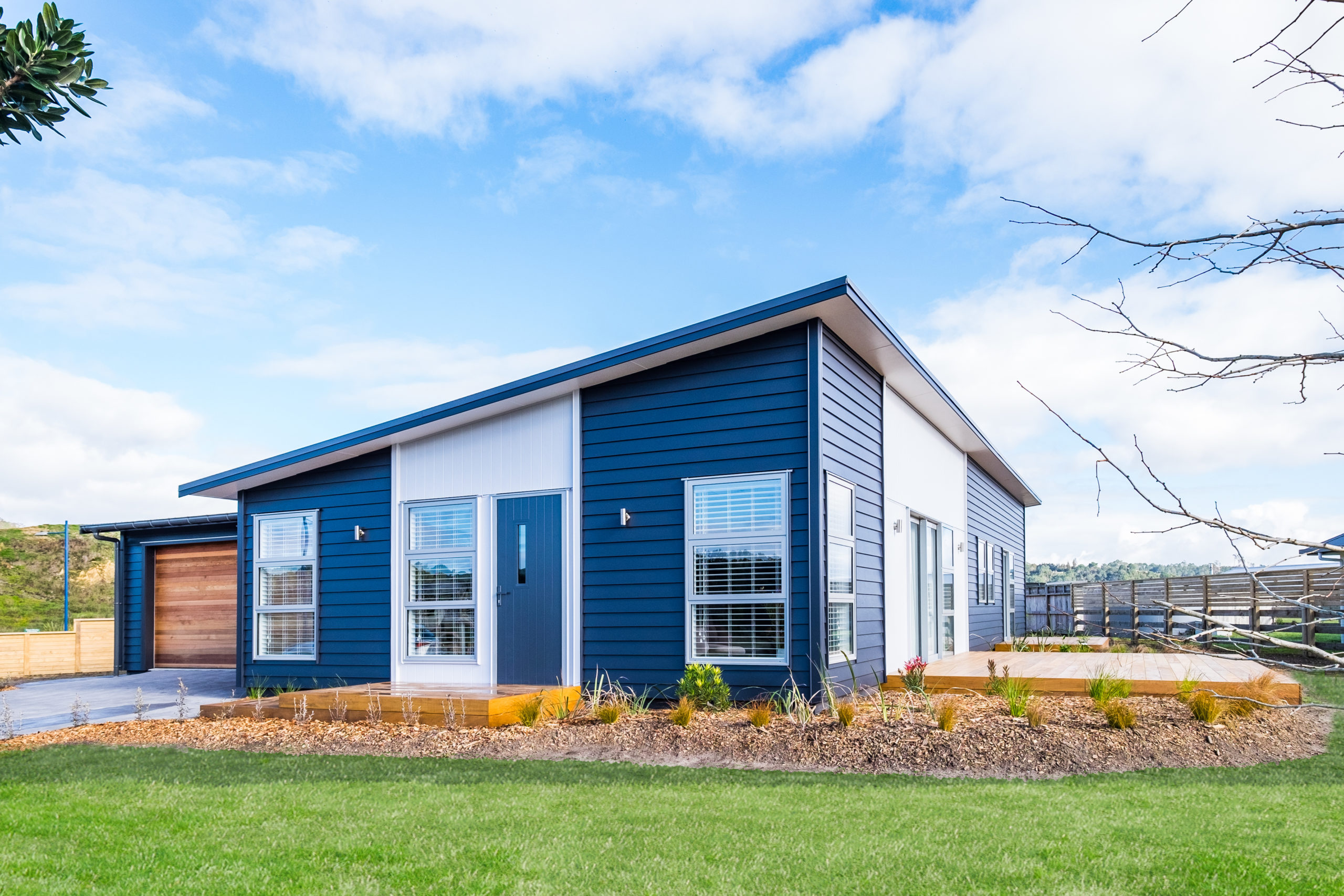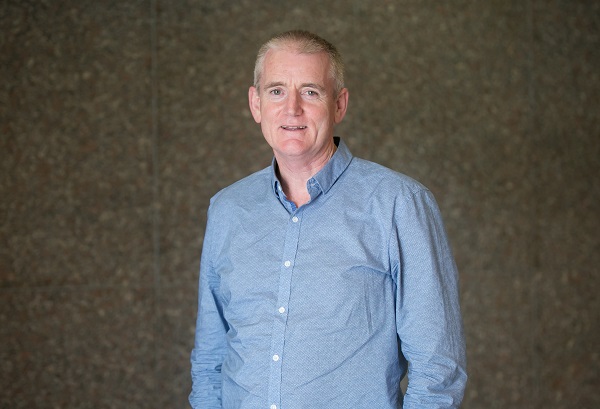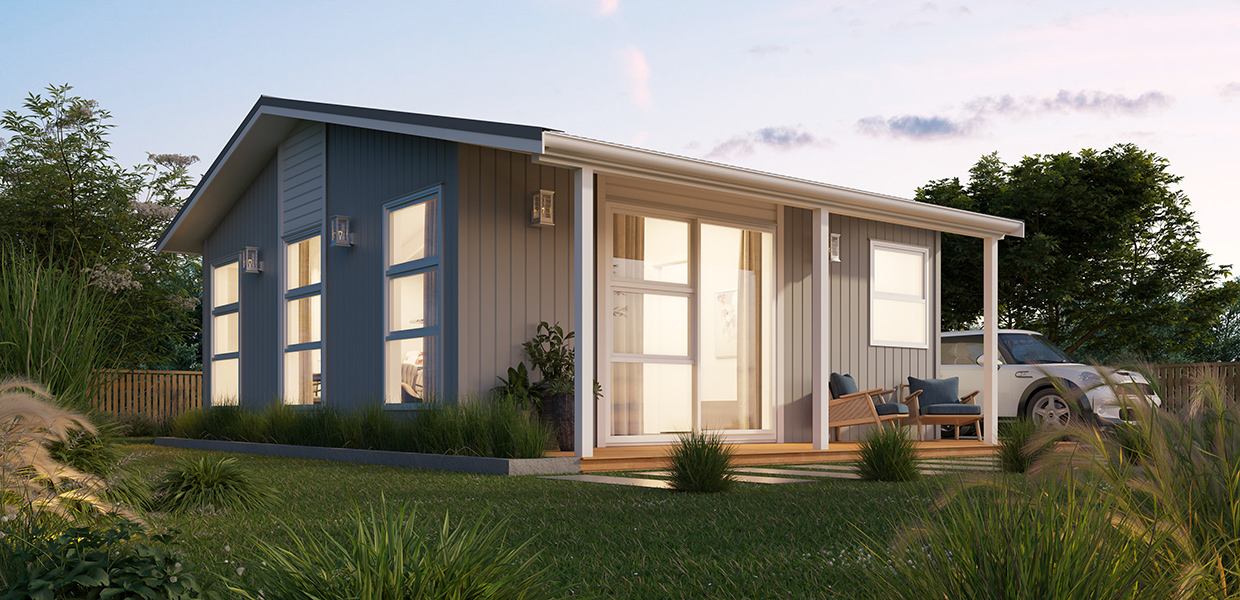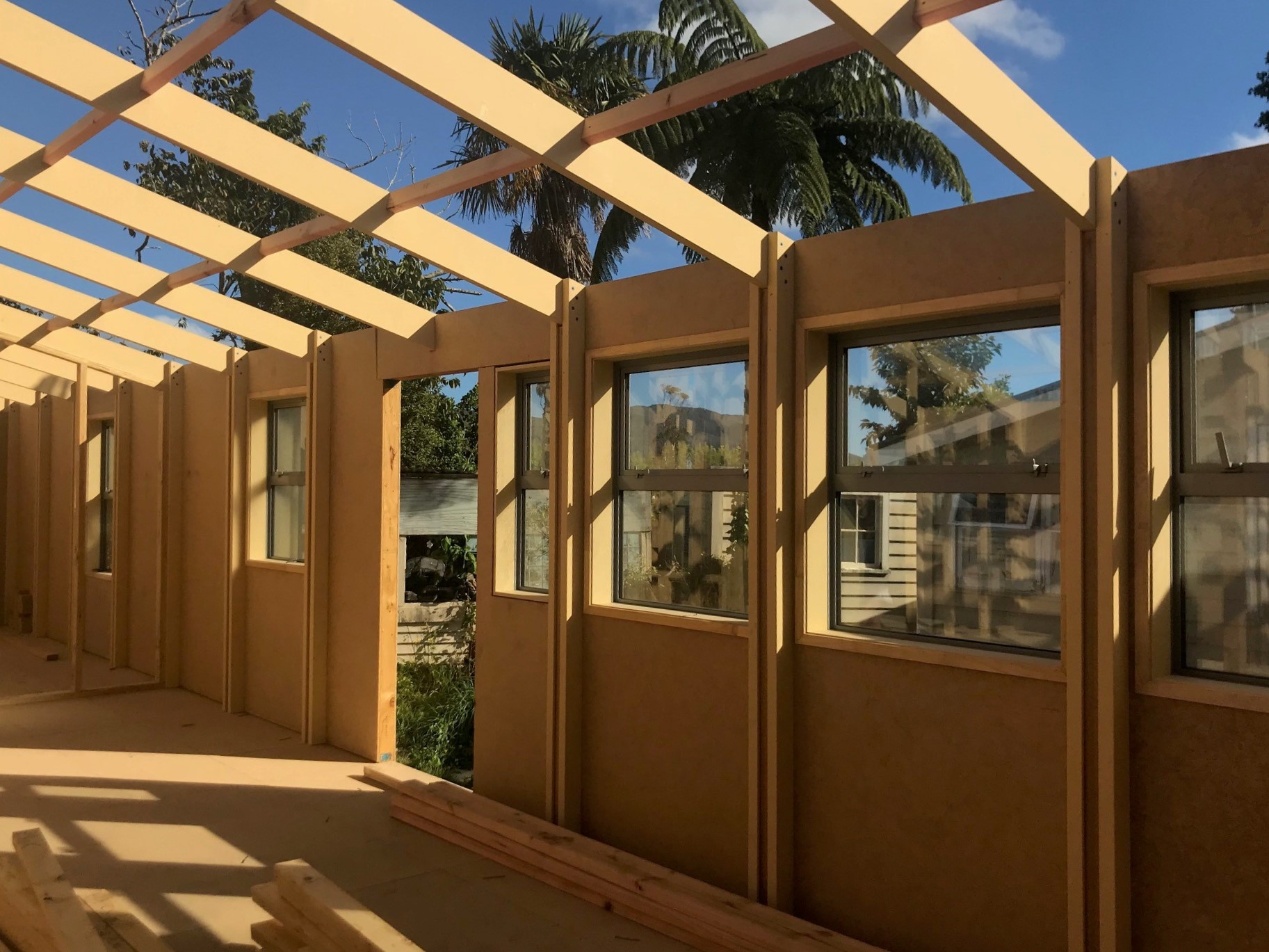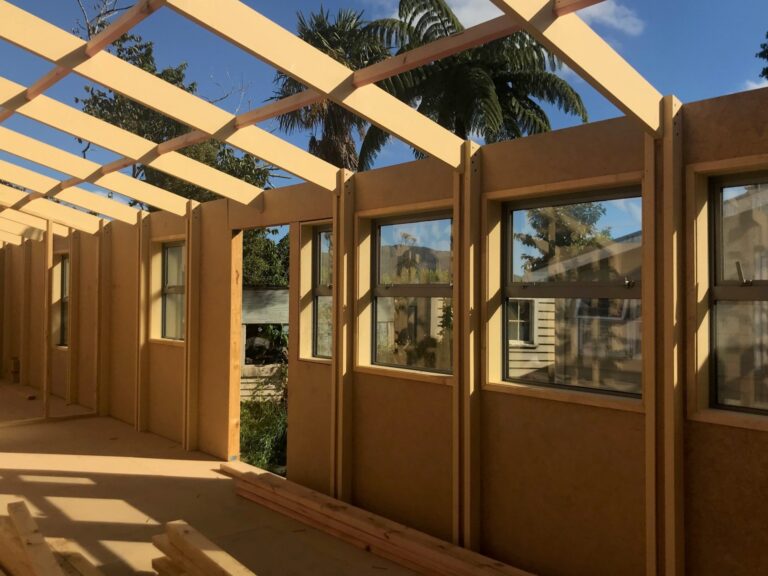Here at EasyBuild, we’re always talking about how quickly our homes can be consented. In fact, a good majority of our homes are consented by councils in less than 10 working days, with no RFIs. Anyone with any experience in consenting new builds will know this is far from the norm!
This is all possible because each of our home designs has MBIE Multiple-Use Approval, more commonly known as MultiProof.
But what do we mean by all of this? How is a MultiProof Approval different from a Standard Building Consent? What’s the benefit to you? And why is it faster?
We’re here to talk you through the differences in consent types, and the benefits of building a home with MBIE MultiProof Approval.

What is a Standard Building Consent in NZ?
A standard building consent in New Zealand is the typical review process that a new home design will go through to be approved to be built on a section. It involves producing and submitting specific detailed plans, engineering documentation, specifications, site-specific information and other necessary documentation to the local Building Consent Authorities – your council.
The council reviews the consent application documents to ensure that all restricted building work complies with the NZ Building Code and other relevant regulations. This process focuses on the specific details of the proposed project, including its design, structural integrity, safety measures, and adherence to environmental standards. Councils aim to complete a standard building consent within 20 working days, however, requests for information (RFIs) and other factors can extend this timeframe by weeks or in some cases, months, delaying the start of your build significantly and increasing costs.
What is MBIE Multiple-Use Approval/MultiProof?
MBIE Multiple-Use Approval is given for pre-approved building designs and is beneficial for builders and companies who build standardised designs. It provides evidence to Building Consent Authorities (councils) that a design complies with the NZ Building code.
EasyBuild has MBIE MultiProof Approval for each of our individual designs.
MBIE’s pre-approval process involves the submission and review of comprehensive plans, including detailed drawings and engineering documentation, along with other documentation that demonstrates compliance with the NZ Building Code and regulations. Once a MultiProof Approval is granted, that design is added to the MultiProof Register, where councils are able to access the information they require.
When a building consent application includes a MultiProof Approval, the Building Consent Authorities must grant or refuse it within 10 working days instead of the usual 20 working days.
Any RFIs, (request for further information) raised while assessing the consent application should only be site-specific (such as service connections, foundations etc), and not related to the design of the home, unless the design has departed from the MultiProof.
A Building Consent Authority (Council) is there to confirm and establish:
- the design, with any permitted variations, is the same as the design approved in the MultiProof
- that the proposed site meets the conditions of the MultiProof
- that the site-specific features of the design comply with the Building Code
- the on-site inspections required
So how will building a home with MBIE MultiProof Approval help you?
It saves you time
The primary advantage of building a home with a MultiProof Approval is time. Time saved on both preparation of documents required for your home, and the significant reduction in time required for consenting, with a guaranteed council timeframe of 10 working days, if all information is supplied at the time of submitting your building consent application.
With pre-approved designs readily available in the Multiproof Register, council teams can skip the time-consuming review process for standard building consents. This leads to your project getting started in a matter of weeks after submitting your consent to council. Ultimately, your new home will get out of the ground more quickly, and you’ll move into your new home sooner.
It saves you money
The streamlined nature of MultiProof Approvals translates to cost savings. By avoiding the need to create individual plans and consent documents for similar home designs, money is saved on each home build through both the design and consenting phases.
Increased certainty
Because the design has already been approved, there’s less uncertainty regarding compliance with regulations. This leads to smoother interactions with councils throughout the consenting and inspection processes, and fewer surprises during the construction process.
Design flexibility
While the core design is pre-approved, there’s still room for flexibility within certain parameters. Site-specific considerations and minor floorplan design modifications can be made while staying within the bounds of the approved MultiProof designs, meaning your home can be truly yours.
At the end of the day, building a home with an MBIE MultiProof design, such as one of EasyBuild’s wide variety of home designs, helps to save you money and limit surprises and delays during the consent and building phases, while still offering you the ability to make your home unique to you and your family.
Best of all, MultiProof Approvals on our designs help us get you into your new home sooner, which paired with EasyBuild’s unique construction method, makes the entire build process from design to moving in, seriously fast!
Talk to your local EasyBuild team today to get started on your new home journey with EasyBuild, or visit your local show home to experience the quality and comfort of an EasyBuild home for yourself.

